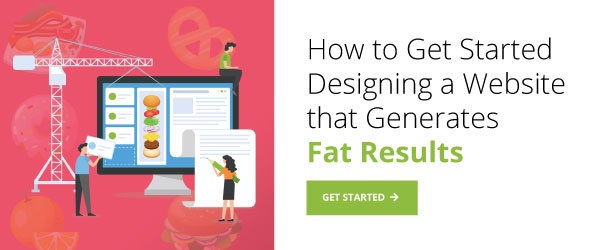Have you ever clicked off a website because it was taking too long to load? If so, you may consider your own site’s loading speed. Read on to find out how much a website load time can impact the effectiveness of a site.
Benefits of a Faster Website Load Time
Your website load time affects more than you think. Dartspeed calculated the most useful benefits from speeding up the loading time.
It will improve your user’s experience
As internet speeds have increased since the 90s, so has the expectation for all websites to achieve fast loading speeds. The attention span of users has also gone down drastically, with most clicking off past 10 seconds.
Google reports that each second of delay in a website’s loading speed lowers a user’s satisfaction rate by 16 percent.
Achieve a higher SEO ranking
Google uses a system in order to rank websites in search results. The information considered for these rankings can include the number of pages indexed (affected by load time), bounce rate, loading time, page views and other information.
By optimizing your website load time, your brand has a chance of being ranked higher on Google’s search results and generating more traffic.
Reach all your business’ marketing goals
Online traffic involves bringing potential clients to your website, and once they have made it there completing a conversion and earning revenue. A slow website will decrease a brand’s amount of traffic and page views, reducing the number of potential conversions and amount of revenue to be generated.
Each second of delay on a website has been proven to reduce conversions by 7 percent.

How to Improve Page Speed
When it comes to improving website load time, there are a list of mistakes to avoid.
Common Mistakes to Avoid
- Incorrect image optimization – Unfortunately, all images cannot be optimized the same way. Each image’s dimensions and properties must be considered when optimizing.
- Common errors – 404 errors can pop up, dragging your website down and presenting badly to Google’s indexing service.
- Unoptimized fonts – Using custom fonts look nice with website design, however when they are left unoptimized they can slow down your website’s load time.
- Taking action sooner rather than later – Prioritize optimization as soon as an issue is recognized. Otherwise, this just drags your site down in the long run and decreases the potential for more traffic.

Faster Loading and More Traffic Means Better SEO
There are many different details that sometimes fall to the wayside when managing a brand and its website. However, these details may be hurting your ability to gain more online traffic and better SEO.
If SEO isn’t on your list of priorities right now, let Fat Guy Media help. We cover SEO, search engine marketing and branding.

